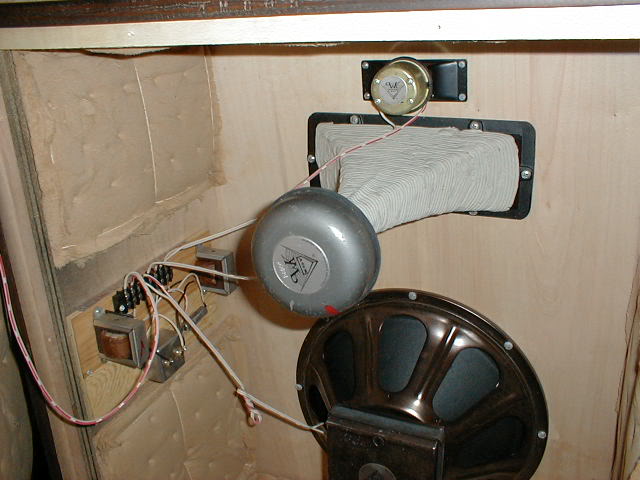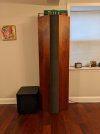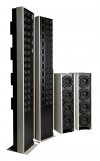I heard them back to back in the same room. Even when adjusted to the same SPL, the Avantgardes sounded huge. It literally sounds like a "wall of sound". So they do some things like reproduce the sense of scale very well - e.g. you can feel a pipe organ. But they get beaten by the little Rogers when it comes to imaging. The Avantgardes makes the singer sound like she has a 6 foot wide mouth, whereas the Rogers has a more believable image.
I've found the same phenomenon listening to the large unity/synergy horn DIYs I make.
Even with a vocalist having a rock solid stereo image, the apparent width of the singers mouth is wider than with smaller speakers.
What's interesting to me, is when I drop stereo and run summed mono to just one side of the large speakers, the size/width of the voice shrinks down to close to that of one smaller speaker, also run in mono.
So I think the "wide mouth" phenom simply has something to do with stereo and geometric scaling.... more so than the large speakers.
Best solution I've found, to get the joy of big speakers and retain tighter imaging of smaller ones, is add a center speaker that's same as left and right, and use a energy preserving matrix to derive new left, new Right, and Center.
Really works well if you have the space, and home theater screens don't mess with the ability to have an equal center speaker.







